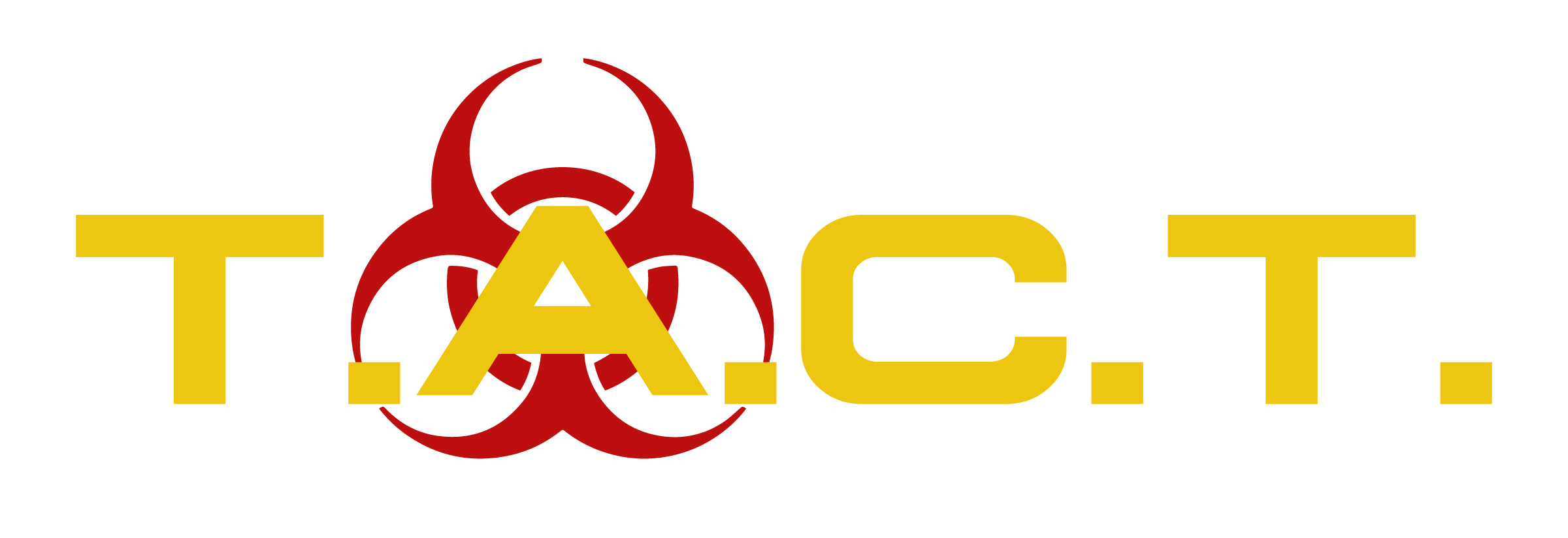Mold and Water Damage Remediation Techniques

Essential Guide to Mold and Water Damage Remediation Techniques
Mold and water damage don’t just affect your home; they can impact your health and well-being, too. Understanding how to effectively tackle these issues is key to maintaining a safe and healthy environment. This guide will walk you through essential techniques for mold and water damage remediation, helping you understand prevention, assessment, remediation, and restoration.
Whether you’re dealing with recent flooding or persistent leaks, prompt and strategic action can save your property and prevent long-term repercussions. Here's how.
Understanding Mold Growth and Prevention
Mold growth is a persistent problem in water-damaged areas. It thrives in a moist environment and can start developing within 24 to 48 hours after water exposure. Here's how to address and prevent mold issues effectively:
Why Does Mold Grow?
Mold needs three things to grow:
Moisture (leaks, high humidity, or standing water).
Organic Material (like wood, drywall, or carpeting).
Lack of Ventilation (stagnant air encourages spore propagation).
Understanding these conditions is essential for stopping mold in its tracks.
Prevention Techniques
Control Moisture: Remove standing water immediately and use dehumidifiers to keep humidity levels below 50%.
Improve Ventilation: Regularly ventilate damp areas like basements and bathrooms. Use exhaust fans or open windows when possible.
Use Mold-Resistant Materials: Opt for mold-resistant drywall or paints when building or remodeling.
Regular Inspections: Schedule inspections, especially after heavy rains or leaks, to identify potential mold-prone areas early.
Pro Tip: Preventing mold is significantly easier and more cost-effective than removing it later.
Assessing and Inspecting Water Damage
Before jumping into remediation, a thorough assessment of the damage is critical. Understanding the extent of water infiltration will guide the appropriate remediation plan.
How to Assess Water Damage
Evaluate Structural Integrity
Look for signs like warped flooring, sagging ceilings, or peeling paint that indicate significant water damage.
Identify Health Hazards
Water damage often leads to mold, which can cause respiratory issues, headaches, or allergic reactions.
Inspection Checklist
Check for standing water, visible mold growth, and musty odors.
Examine walls, floors, and ceilings for discoloration or swelling.
Pinpoint the source of water leakage to prevent further damage.
Determining whether you're dealing with clean water, grey water (slightly contaminated), or black water (severely contaminated) is crucial for remediation plans.
Remediation Techniques
Remediation combines cleaning, drying, and repairing to restore your property. Below are key steps to take:
Step 1: Remove Standing Water
Use pumps or vacuums to extract water quickly and efficiently to avoid further damage.
Step 2: Dry the Affected Areas
Industrial-grade fans and dehumidifiers work wonders in expediting the drying process.
Step 3: Clean and Disinfect
Clean hard surfaces with a mixture of water and detergent. Disinfect using EPA-approved antimicrobial products to kill bacteria and fungi.
Step 4: Repair and Replace
Replace irreparably damaged materials, such as drywall or flooring, to ensure stability and prevent future mold growth.
Tools That Can Help
Dehumidifiers for moisture elimination.
Air Scrubbers to improve indoor air quality.
Mold-Resistant Coatings to protect rebuilt areas from future growth.
Damaged Material Removal and Disposal
The removal of damaged materials is a vital part of the remediation process. Failing to properly address these can lead to recurring problems.
What Needs to Go?
Drywall and Insulation
Porous materials easily absorb water and breed mold. Replace these promptly.
Carpeting and Padding
Waterlogged carpets can harbor allergens and bacteria. Don't hesitate to remove them.
Disposal Tips
Follow local guidelines to dispose of contaminated materials properly.
Seal moldy debris in heavy-duty garbage bags to avoid spreading mold spores during transport.
Restoration and Reconstruction
Once cleanup is complete, the focus shifts to rebuilding. This step ensures structural integrity, safety, and a fully restored living space.
Restoration Techniques
Drywall Replacement
Install moisture-resistant drywall for added protection.
Flooring Repairs
Opt for water-resistant materials, such as tile or vinyl, to prevent future issues in high-risk areas.
Reconstruction Goals
Rebuilding may involve larger efforts like restoring entire rooms. Ensure a professional team assesses and manages the complexity of the restoration to preserve your property's value.
DIY vs. Professional Remediation
While smaller mold or water damage issues may seem manageable, larger problems require professional intervention.
When to DIY
Minor water damage that hasn't spread widely.
Small mold patches (less than 10 square feet) that can be handled with simple cleaning and removal.
Why Choose a Professional?
Expertise and Equipment
Professionals use advanced tools, like commercial dehumidifiers and air scrubbers, for thorough remediation.
Safety and Compliance
They adhere to strict guidelines to ensure safe and effective cleanup.
Choosing a professional helps ensure that no underlying issues are missed.
Preventing Future Water Damage
The best way to combat mold and water damage is to prevent it from happening in the first place.
Key Tips
Regular Maintenance Inspections
Check roofing, plumbing, and gutters regularly for leaks or vulnerabilities.
Control Humidity
Monitor and reduce indoor humidity levels with dehumidifiers or air conditioners.
Use Mold-Resistant Products
Consider upgrades like sealants, moisture-resistant drywall, and leak-detecting technology.
Quick Response
If a leak occurs, address it immediately to minimize water exposure.
Regular upkeep not only protects your property but also saves you from unforeseen costs and stress.
Restoring Peace of Mind
Addressing mold and water damage can be overwhelming, but it’s far from insurmountable with the right knowledge and plan. By acting quickly, assessing damages comprehensively, and utilizing effective remediation techniques, you can restore your property—and your peace of mind.
When the task feels too big, remember that professionals are here to help. From thorough inspections to full-scale restoration, a trusted partner ensures the job is done effectively and efficiently.
Looking for expert help? Contact us for professional service and support. Don't wait until damage worsens—trust us to safeguard your home and health.
Latest news

Bio Cleaning Services
Read More
Nosy neighbors peeking? T.A.C.T. North Atlanta offers discreet biohazard remediation for rodent infestations, mold, hoarding, and more. Unmarked vehicles, quiet experts, full privacy—24/7 service at 470-781-4775.
Read More
